
よもぎを見たことはありますか?
よもぎは、日本で広く生えている草花です。よもぎは、日当たりのよい野原や道端などで、集まって生えています。
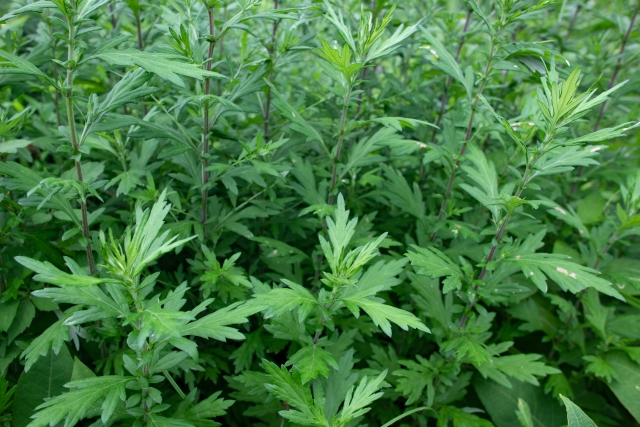
キク科の多年草です。草花には、多年草と一年草があります。
多年草とは、季節が変わっても枯れることなく、毎年花を咲かせる植物のことです。花を咲かせたり実をつけたりする季節は種類によって異なりますが、毎年花や実をつけます。
よもぎは、8月から10月ごろに花を咲かせます。
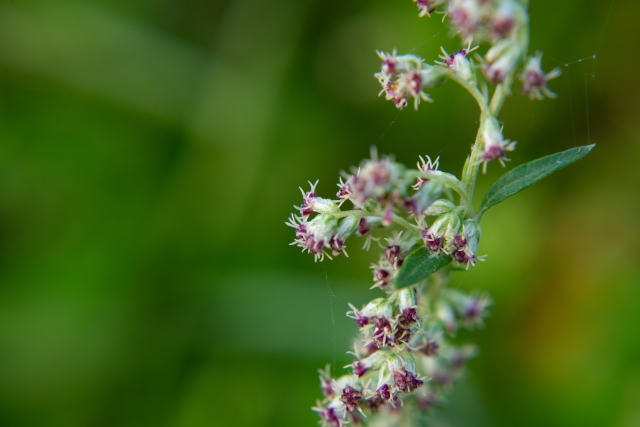
一年草は、種などから芽を出し、成長して花が咲き、種ができると、枯れてしまいます。
よもぎは、大きくなると、高さが1メートルになることもあります。
春の初めに生える若い芽は、食用になることがあります。
よもぎの食べごろは、3月から5月ごろです。料理やお菓子作りとして使う場合は、春の初めに生える新芽の柔らかい部分をつみ取って使うのがよいそうです。
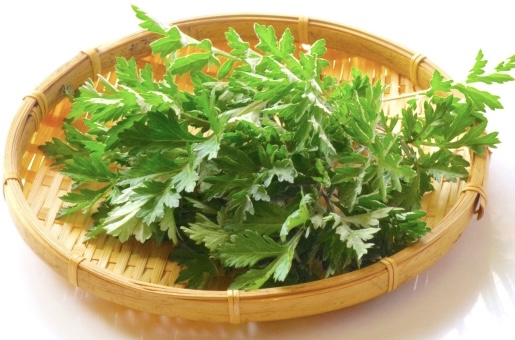
よもぎの芽を粉にして、お餅などに入れて、よもぎ餅を作ることがあります。
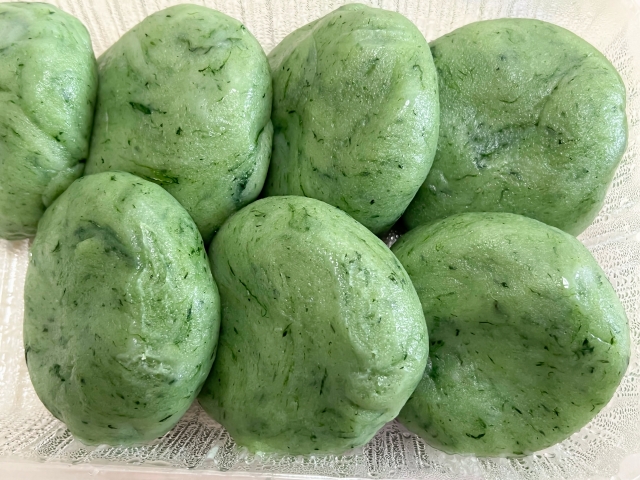
パンに入れて、よもぎパンを作ることもあります。
よもぎを緑茶の代わりにして、よもぎ茶を作って飲むこともあります。
よもぎは、強い匂いがしますので、悪い邪気を払う魔除けの力があるとされています。
菜の花にすすむ(このブログにあるページ)
緑茶と紅茶にすすむ(このブログにあるページ)
Mugwort
Mugwort is a grass that grows widely in Japan.
It is a perennial herb of the Asteraceae family.
There are two types of grasses: perennials and annuals.
Perennials are plants that flower year after year without withering away as the seasons change. The season of flowering and fruiting depends on the species, but they flower and fruit every year. Mugwort flowers from August to October.
Annuals sprout from a seed or other plant, grow and flower, and then die after the seed is formed.
Mugwort grows in clusters in sunny fields and along roadsides.
They can grow to a height of one meter.
The young shoots that grow in early spring are sometimes edible.
The best time to eat mugwort is from March to May. When used for cooking or baking, the tender parts of the sprouts that grow at the beginning of spring should be pinched off and used.
Sometimes mugwort sprouts are ground into a powder and added to rice cakes to make mugwort rice cakes.
It is sometimes added to bread to make yomogi bread.
Mugwort is sometimes used in place of green tea to make and drink mugwort tea.
Mugwort has a strong smell and is believed to have the power to ward off evil spirits.

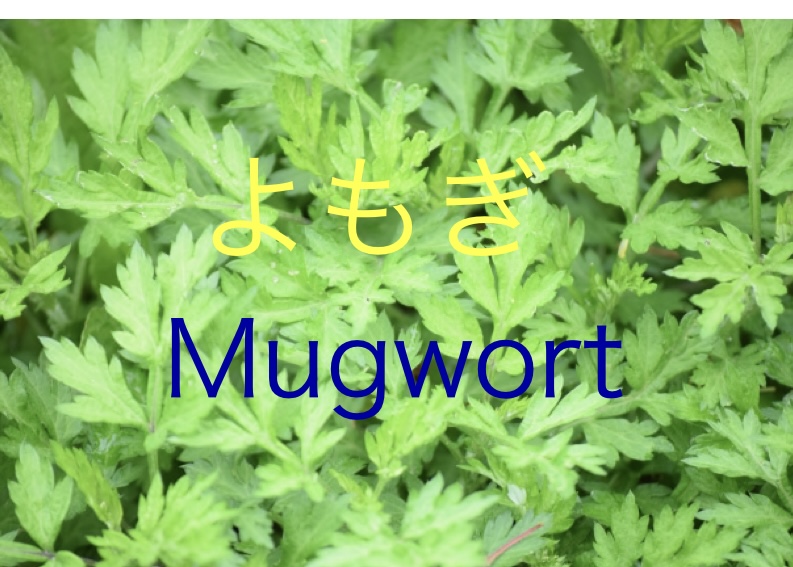


コメント